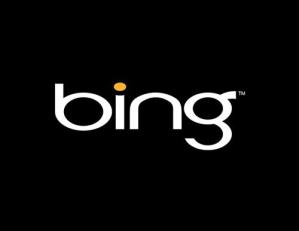 Although the market share numbers for Microsoft’s much-hyped Bing search engine won’t really matter until the technology takes over search functions for Yahoo has part of the company’s chance 10-year bid to go up against Google, media metrics firm comScore has released new figures that find Bing managed to increase its share of the U.S. search market back half a percent during July 2009, bumping up from 8.4 percent in June to 8.9 percent in July. And while Google saw its market share dip slightly from 64.7 percent from 65 percent, Bing also ate into Yahoo’s slice of the U.S. search market: Yahoo saw its share decline from 19.6 in June to 19.3 percent in July.
Although the market share numbers for Microsoft’s much-hyped Bing search engine won’t really matter until the technology takes over search functions for Yahoo has part of the company’s chance 10-year bid to go up against Google, media metrics firm comScore has released new figures that find Bing managed to increase its share of the U.S. search market back half a percent during July 2009, bumping up from 8.4 percent in June to 8.9 percent in July. And while Google saw its market share dip slightly from 64.7 percent from 65 percent, Bing also ate into Yahoo’s slice of the U.S. search market: Yahoo saw its share decline from 19.6 in June to 19.3 percent in July.
According to comScore, Bing managed to wrangle in some 29 million more search requests in July than it managed in June, bringing the total number of queries it processed in the month to 1.21 billion an overall increase in queries of 2.9 percent.
However, in interpreting these numbers, it’s important to bear in mind Microsoft already had about 8 percent of the U.S. search market before launching Bing. Now that Bing is out there—and Microsoft is burning through a reported $100 million to promote the service—Microsoft’s share of the U.S. search market has reached 8.9 percent. However, it is interesting that the total number of queries handled by Bing actually increased in July; typically, summer brings a drop in U.S. search traffic, and both Yahoo and Google saw the overall number of requests they processed decline during the month.
Both Ask.com and AOL retained their portions of the U.S. search market between June and July, coming in fourth and fifth place, respectively, with shares of 3.9 and 3.1 percent.
Editors' Recommendations
- Microsoft Bing and Edge are getting a big DALL-E 3 upgrade
- Microsoft may have ignored warnings about Bing Chat’s unhinged responses
- The Windows Copilot puts Bing Chat in every Windows 11 computer
- Bing Chat just got so much better in two important ways
- This Bing flaw let hackers change search results and steal your files


